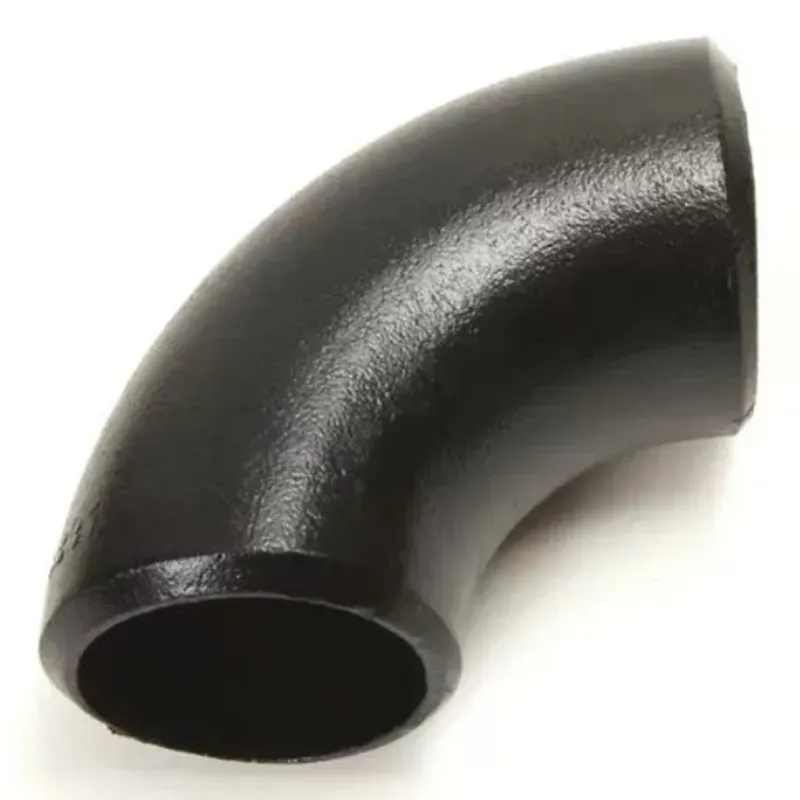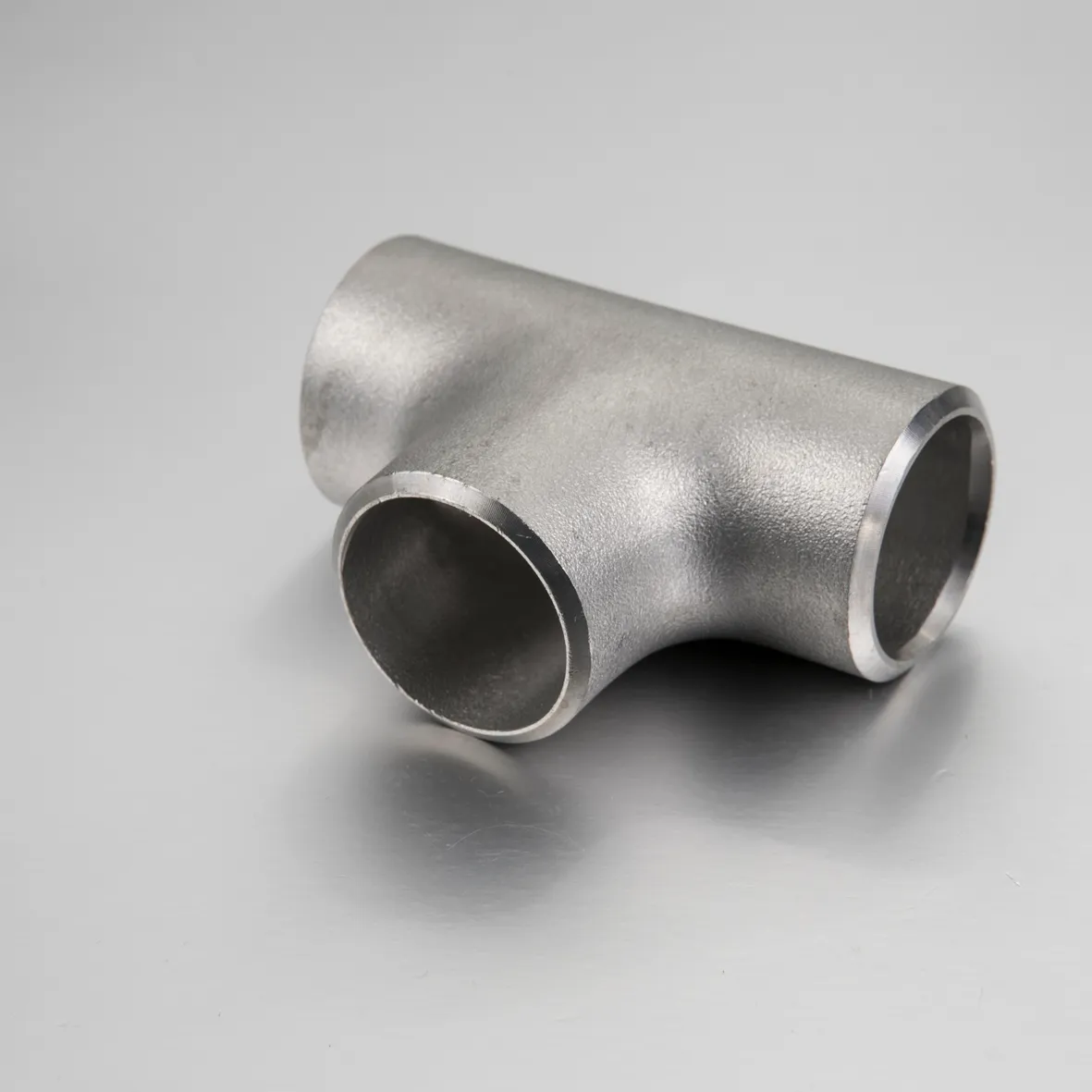-
Cangzhou Yulong Steel Co., Ltd.
-
Phone:
+86 13303177267 -
Email:
admin@ylsteelfittings.com
- English
- Arabic
- Italian
- Spanish
- Portuguese
- German
- kazakh
- Persian
- Greek
- French
- Russian
- Polish
- Thai
- Indonesian
- Vietnamese
- Zulu
- Korean
- Uzbek
- Hindi
- Serbian
- Malay
- Ukrainian
- Gujarati
- Haitian Creole
- hausa
- hawaiian
- Hebrew
- Miao
- Hungarian
- Icelandic
- igbo
- irish
- Japanese
- Javanese
- Kannada
- Khmer
- Rwandese
- Afrikaans
- Albanian
- Amharic
- Armenian
- Azerbaijani
- Basque
- Belarusian
- Bengali
- Bosnian
- Bulgarian
- Catalan
- Cebuano
- China
- China (Taiwan)
- Corsican
- Croatian
- Czech
- Danish
- Esperanto
- Estonian
- Finnish
- Frisian
- Galician
- Georgian
- Kurdish
- Kyrgyz
- Lao
- Latin
- Latvian
- Lithuanian
- Luxembourgish
- Macedonian
- Malgashi
- Malayalam
- Maltese
- Maori
- Marathi
- Mongolian
- Myanmar
- Nepali
- Norwegian
- Norwegian
- Occitan
- Pashto
- Dutch
- Punjabi
- Romanian
- Samoan
- Scottish Gaelic
- Sesotho
- Shona
- Sindhi
- Sinhala
- Slovak
- Slovenian
- Somali
- Sundanese
- Swahili
- Swedish
- Tagalog
- Tajik
- Tamil
- Tatar
- Telugu
- Turkish
- Turkmen
- Urdu
- Uighur
- Welsh
- Bantu
- Yiddish
- Yoruba

Jan . 30, 2025 04:42 Back to list
JIS B2311 Butt-Welding Fittings - Eccentric Reducer
Socket weld pipe fittings are a critical component in piping systems, renowned for their leak-proof joints and structural integrity, making them indispensable in high-pressure and combustible applications. Unlike threading or other forms of connection, the socket weld fitting system involves inserting a pipe into a recessed area of the fitting, creating a welded seal. This method enhances the overall strength of the piping assembly, making it ideal for a range of industrial processes.
In terms of authoritativeness, socket weld pipe fittings have consistently demonstrated their efficacy in various critical applications. Organizations like the American Society of Mechanical Engineers (ASME) and the American National Standards Institute (ANSI) provide guidelines and specifications, which serve as benchmarks for these fittings. Following these standards assures that the fittings possess the necessary attributes to perform reliably under demanding conditions. Industry certifications and compliance with internationally recognized standards reinforce the trust placed in them by engineers and project managers globally. Trustworthiness in utilizing socket weld fittings is further bolstered by their performance in real-world applications. They are known for their ability to withstand thermal cycling, preventing structural failures that could lead to operational downtimes. The welding process also alleviates crevice corrosion risks, as there are fewer crevices for corrosive substances to reside. This feature is particularly beneficial in chemical processing and offshore applications, where corrosion resistance is a primary concern. In conclusion, socket weld pipe fittings offer a combination of strength, reliability, and adaptability, making them a preferred choice in critical industrial systems. Their ease of installation, conformance to high manufacturing standards, and proven track record in performance underscore their credibility and appeal to professionals aiming to build efficient and safe piping infrastructures. For those looking to implement a robust and leak-proof solution in their piping designs, socket weld fittings represent an authoritative and trustworthy choice.


In terms of authoritativeness, socket weld pipe fittings have consistently demonstrated their efficacy in various critical applications. Organizations like the American Society of Mechanical Engineers (ASME) and the American National Standards Institute (ANSI) provide guidelines and specifications, which serve as benchmarks for these fittings. Following these standards assures that the fittings possess the necessary attributes to perform reliably under demanding conditions. Industry certifications and compliance with internationally recognized standards reinforce the trust placed in them by engineers and project managers globally. Trustworthiness in utilizing socket weld fittings is further bolstered by their performance in real-world applications. They are known for their ability to withstand thermal cycling, preventing structural failures that could lead to operational downtimes. The welding process also alleviates crevice corrosion risks, as there are fewer crevices for corrosive substances to reside. This feature is particularly beneficial in chemical processing and offshore applications, where corrosion resistance is a primary concern. In conclusion, socket weld pipe fittings offer a combination of strength, reliability, and adaptability, making them a preferred choice in critical industrial systems. Their ease of installation, conformance to high manufacturing standards, and proven track record in performance underscore their credibility and appeal to professionals aiming to build efficient and safe piping infrastructures. For those looking to implement a robust and leak-proof solution in their piping designs, socket weld fittings represent an authoritative and trustworthy choice.
Latest news
-
ANSI 150P SS304 SO FLANGE
NewsFeb.14,2025
-
ASTM A333GR6 STEEL PIPE
NewsJan.20,2025
-
ANSI B16.5 WELDING NECK FLANGE
NewsJan.15,2026
-
ANSI B16.5 SLIP-ON FLANGE
NewsApr.19,2024
-
SABS 1123 FLANGE
NewsJan.15,2025
-
DIN86044 PLATE FLANGE
NewsApr.19,2024
-
DIN2527 BLIND FLANGE
NewsApr.12,2024
-
JIS B2311 Butt-Welding Fittings LR/SR 45°/90° /180°Seamless/Weld
NewsApr.23,2024











